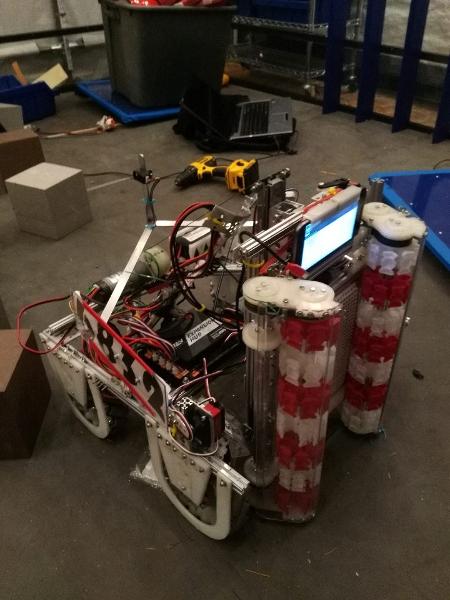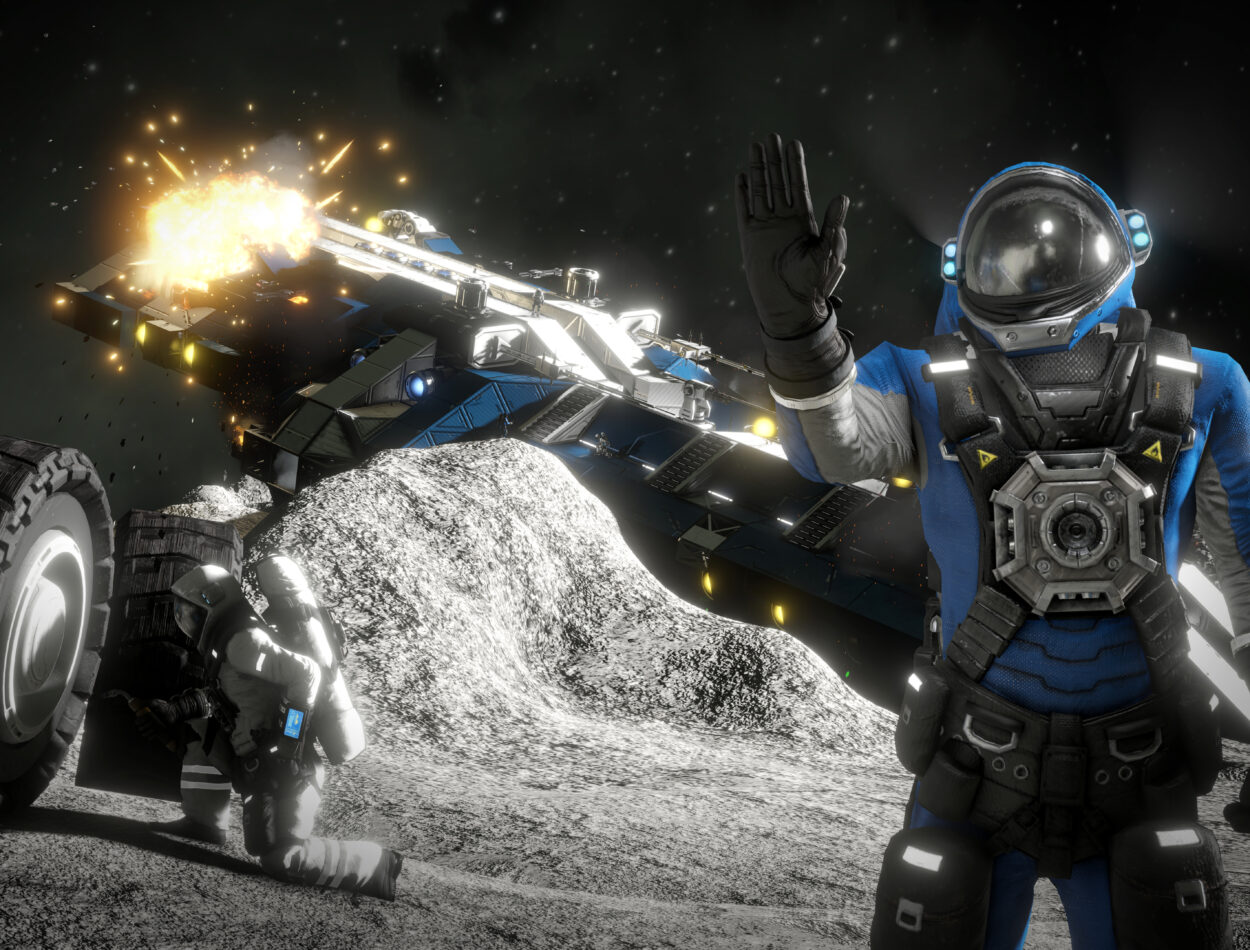

However, this month, NASA strongly criticized Russia after Roscosmos distributed photographs of the three Russian astronauts on the space station holding the flags of Russian backed separatists in two provinces of Ukraine. NASA officials, who want to extend operations of the space station through 2030, have expressed confidence that Russia will remain, despite recent shifts in the broader political relationship. They shared meals and holidays, collaborated on the repair and maintenance of the station and discussed the politics roiling their nations on the surface.

Russian and American crewmates flew together in Soyuz capsules and the space shuttles for journeys to orbit from the Baikonur Cosmodrome and the Kennedy Space Center. The station’s first module was launched in 1998, and astronauts have lived there since 2000. But American policymakers in the 1990s also made a cold calculation that building the space station would provide work for Russian rocket engineers who might otherwise have sold their considerable expertise to countries that were seeking to build missiles, like North Korea. The decision was a symbol of post-Cold War cooperation between the world’s two space superpowers, which competed to launch rockets and astronauts to orbit during tense stages of their global competition and later engaged in the moon race that led to the Apollo landings of the 1960s and 1970s.

In 1994, President Bill Clinton recast efforts to build Freedom, a space station proposed by President Ronald Reagan a decade earlier, as the International Space Station, and Russia was added as one of the main participants. Of course, you know, we were trained to do a mission up here, and that mission is one that requires the whole crew.”įrom 1995 to 1998, NASA’s space shuttles docked at Russia’s Mir space station, and American astronauts lived on Mir. “That is very recent news,” he said, “and so we haven’t heard anything officially. Speaking from orbit to a conference about the space station’s research, Kjell Lindgren, one of the NASA astronauts on the I.S.S., said nothing had changed up there, yet. “Most likely, we need to interpret this as Russia’s refusal to extend the station’s operation up until 2030.” “The withdrawal will take some time,” said Pavel Luzin, a Russian military and space analyst. “It could be revisited, or it could come to fruition.”īut experts say the announcement clouds the prospect of keeping the station going through the end of the decade. “This could be bluster from the Russians,” said Phil Larson, a White House space adviser during the Obama administration. Starting Over: Ukrainians forced from their hometowns by Russia’s invasion find some solace, and success setting up businesses in new cities.The risk of a catastrophic nuclear accident has led the United Nations to sound the alarm and plead for access to the site to assess the situation. Nuclear Shelter : The Russian military is using а nuclear power station in southern Ukraine as a fortress, as fighting intensifies in the region.Heavy Losses: The staggeringly high rate of Russian casualties in the war means that Moscow may not be able to achieve one of his key objectives: seizing the entire eastern region of Ukraine.Russia played down the extent of the damage, but the evidence available told a different story.
#SPACE ENGINEERS WORLD FOR TWO COMPETITIVE SERIES#


 0 kommentar(er)
0 kommentar(er)
